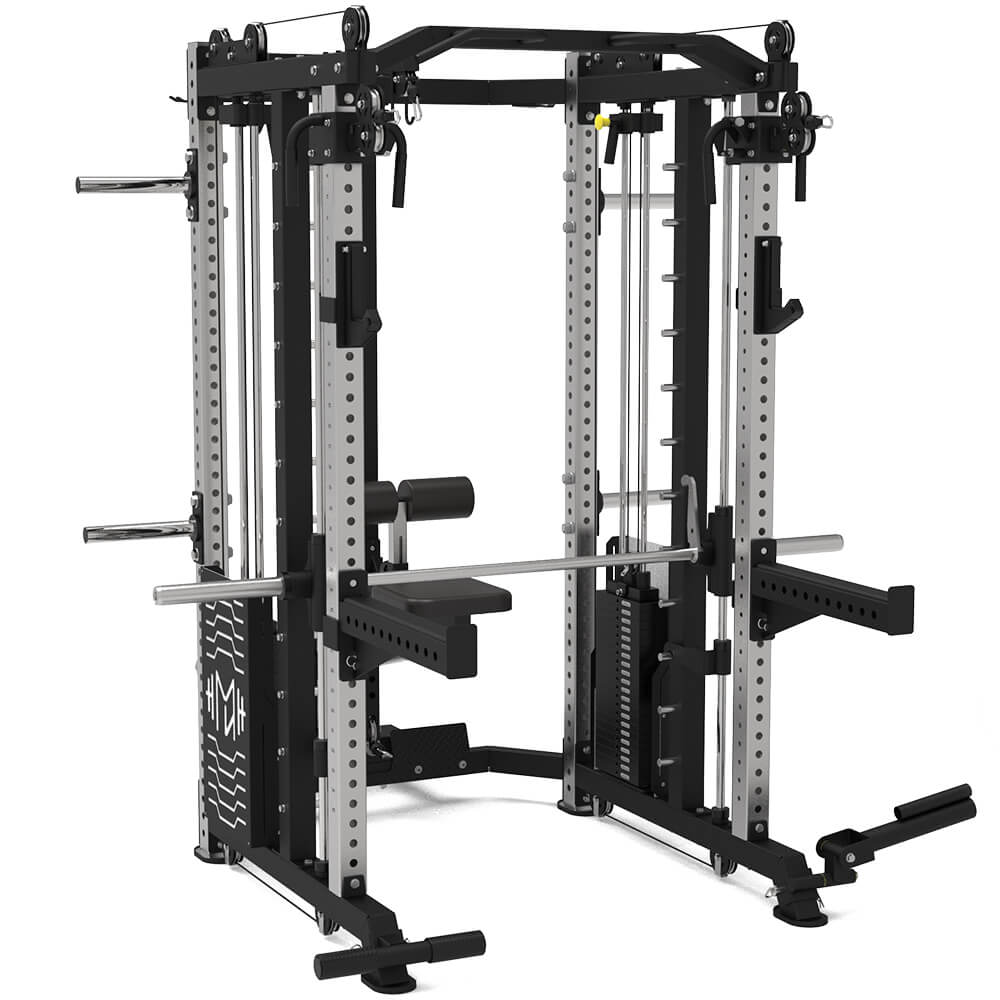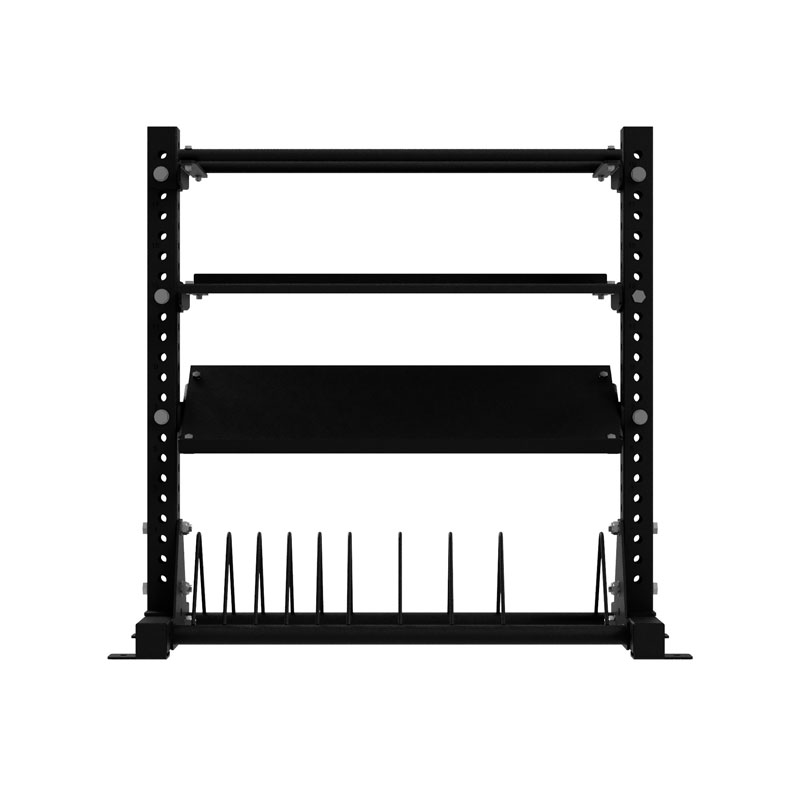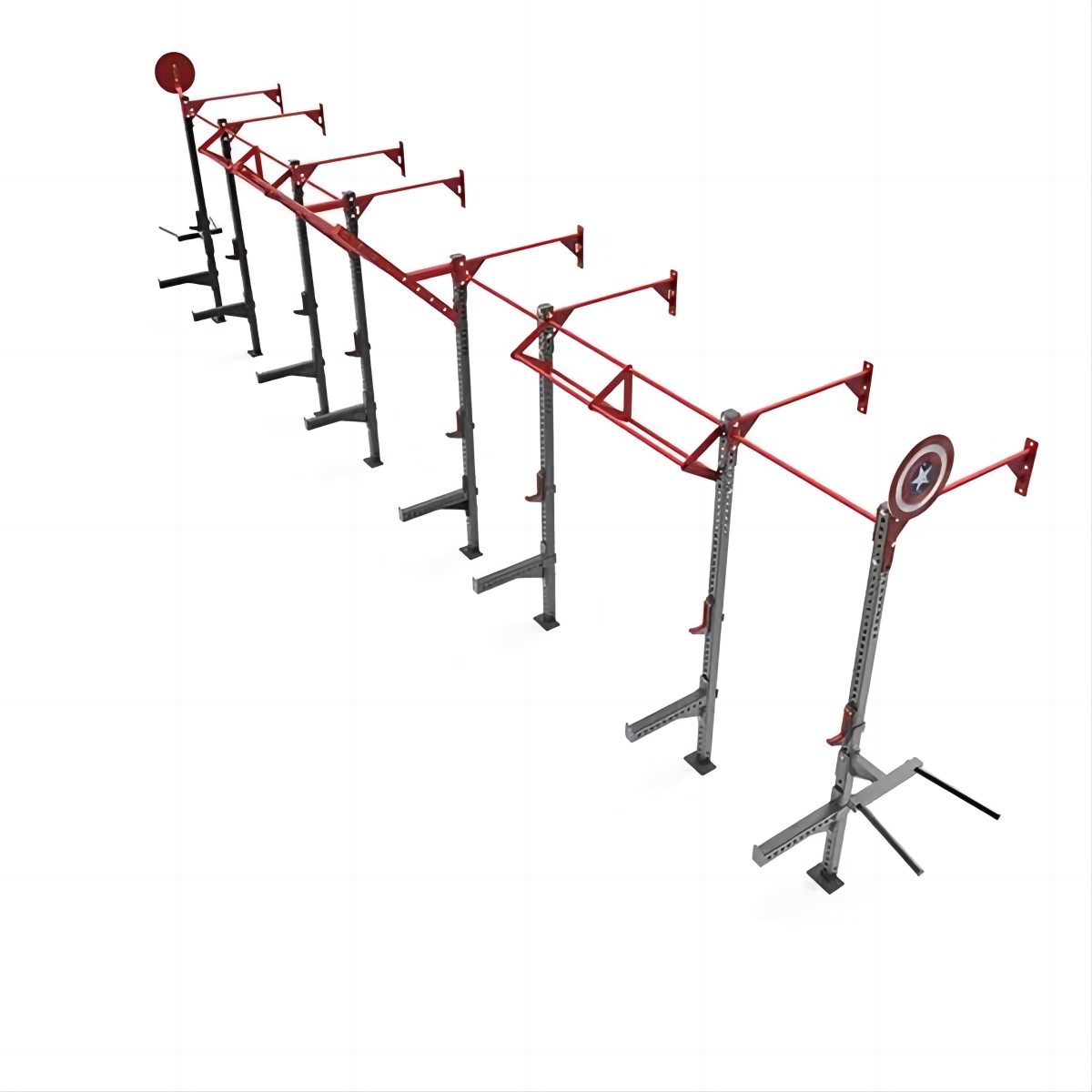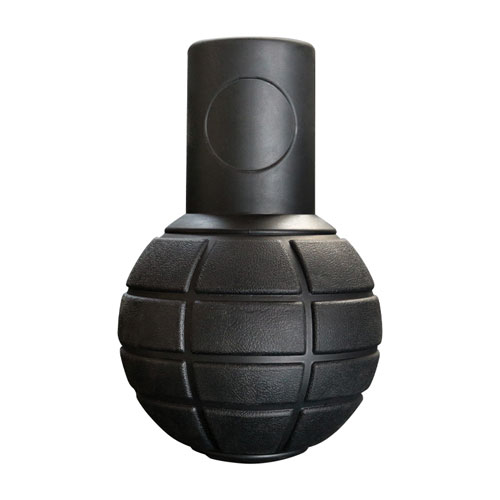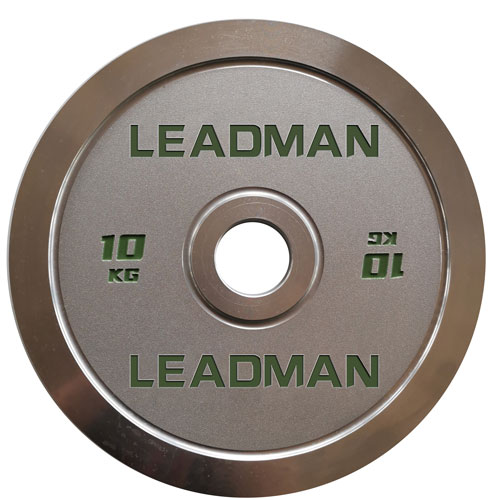Mastering the Back Bench Press for Upper Body Strength
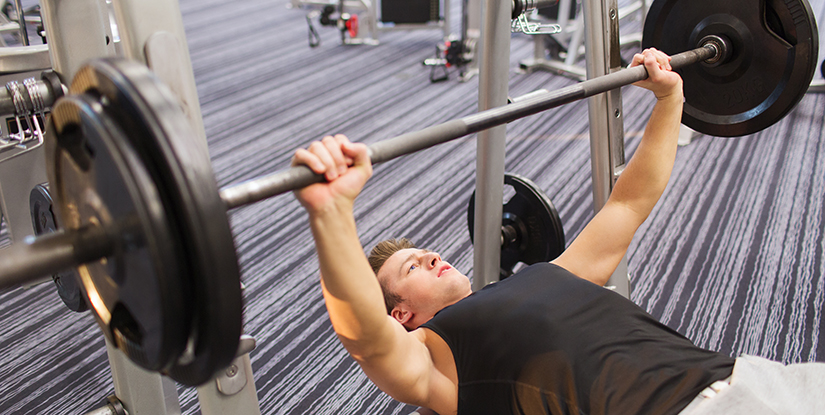
The back bench press, also referred to as the reverse bench press or incline bench press with a downward slope, is a powerful variation of the traditional bench press exercise. It targets the upper body muscles from a unique angle, making it an excellent choice for those looking to enhance their chest and triceps development. In this comprehensive guide, we will explore the mechanics, benefits, variations, and safety considerations of the back bench press, along with its role in weightlifting programs and how it compares to the flat bench press.
Mechanics and Execution
Understanding the proper mechanics and execution of the back bench press is crucial for maximizing its benefits and minimizing the risk of injury. Here’s a step-by-step guide to performing the back bench press with proper form:
1. Proper Form
- Lie on an incline bench with your feet firmly planted on the floor and your head slightly lower than your feet.
- Grasp the barbell with an overhand grip, slightly wider than shoulder-width.
- Lower the barbell slowly towards your face while keeping your elbows tucked in close to your body.
- Press the barbell back up to the starting position, squeezing your chest and triceps at the top of the movement.
2. Key Points
- Maintain a neutral spine throughout the exercise.
- Focus on controlling the downward movement of the barbell.
- Engage your core and back muscles to stabilize your body.
- Keep your shoulder blades depressed and retracted.
- Avoid arching your back or flaring your elbows outwards.
Variations and Modifications
The back bench press can be modified to suit different fitness levels and goals. Here are some popular variations:
1. Dumbbell Back Bench Press
Performed with dumbbells instead of a barbell, allowing for a greater range of motion and independent arm movements.
2. Incline Bench Press
Similar to the back bench press but performed on an incline bench with a positive incline, emphasizing the upper chest.
3. Negative Back Bench Press
Involves only the eccentric (lowering) portion of the movement, building isometric strength.
4. Assisted Back Bench Press
Performed with the assistance of resistance bands or a partner, reducing the load on the primary muscles.
Common Mistakes to Avoid
To get the most out of the back bench press, it’s important to avoid these common mistakes:
1. Incorrect Bench Angle
Using an excessively steep or shallow bench angle can alter the muscle recruitment and strain the shoulders.
2. Excessive Arcing of the Back
Arching the back can put unnecessary stress on the lower back and reduce the effectiveness of the exercise.
3. Elbows Flaring Outwards
Flaring the elbows outwards can increase the risk of shoulder injuries.
4. Incomplete Range of Motion
Failing to lower the barbell all the way to the face or fully extending it at the top can limit muscle activation.
5. Overloading the Weight
Attempting to lift too much weight can compromise form and lead to injuries.
Programming Considerations
Incorporating the back bench press into your training program requires careful planning. Here are some key considerations:
1. Frequency and Volume
Incorporate the back bench press into your training program 1-2 times weekly, aiming for 8-12 sets per muscle group for optimal strength gains.
2. Progression
Gradually increase the weight or resistance used over time to continue challenging the muscles and promote growth. Incorporate progressive overload techniques such as drop sets or forced repetitions.
3. Exercise Order
The back bench press can be performed before or after other upper body exercises, depending on individual training goals and preferences.
Role in Weightlifting Programs
The back bench press plays a significant role in weightlifting programs, offering several benefits:
1. Primary Exercise for Chest Development
The back bench press is a staple exercise for building chest mass and strength, particularly targeting the clavicular head of the pectorals.
2. Accessory Exercise for Triceps
It also engages the triceps muscles, making it a valuable compound movement for arm development.
3. Variation for Shoulder Health
The back bench press can help strengthen the shoulder muscles and improve joint stability, reducing the risk of injuries.
Impact on Triceps Development
The back bench press places significant emphasis on the triceps muscles, making it an effective exercise for developing triceps strength and size. Here’s how it impacts triceps development:
1. Deep Triceps Stimulation
The back bench press activates all three heads of the triceps, particularly the long head, which is responsible for extension at the elbow.
2. Isolation of the Triceps
Unlike the flat bench press, the back bench press minimizes the involvement of the chest muscles, isolating the triceps as the primary movers.
3. Increased Range of Motion
The downward slope of the bench allows for a greater range of motion in the triceps, enhancing muscle activation and growth potential.
Safety and Injury Prevention
Safety should always be a priority when performing the back bench press. Here are some tips to prevent injuries:
1. Warm-Up
Perform a thorough warm-up before the back bench press to prepare the muscles and joints for the exercise.
2. Proper Form
Maintain good form throughout the movement to reduce the risk of injuries.
3. Start Light
Begin with a manageable weight and gradually increase the load as you gain strength.
4. Use Spotters
Consider using spotters for safety if lifting heavy weights.
5. Listen to Your Body
Stop the exercise if you experience any pain or discomfort.
Back Bench Press vs. Flat Bench Press
Both the back bench press and the flat bench press are effective exercises for upper body strength, but they have some key differences:
1. Bench Angle
The back bench press uses a downward slope, while the flat bench press uses a flat bench.
2. Muscle Emphasis
The back bench press emphasizes the clavicular head of the pectorals and the triceps, while the flat bench press focuses on the sternal head of the pectorals and the anterior deltoids.
3. Biomechanics
The downward angle of the back bench press places the triceps in a stronger position, making it a more triceps-dominant exercise.
4. Variation
The back bench press can provide a different stimulus to the muscles, breaking monotonous training routines.
Conclusion
The back bench press is a versatile and effective exercise for building upper body strength, particularly targeting the chest and triceps. It offers numerous benefits, including variations and modifications to suit different training goals and fitness levels. By following proper form, progression guidelines, and safety precautions, the back bench press can be a valuable addition to any weightlifting program for strength gains, muscle development, and injury prevention.
Unique Insights on the Back Bench Press
1. What muscles does the back bench press target?
The back bench press primarily targets the clavicular head of the pectorals and the triceps, with secondary engagement of the shoulders and core muscles.
2. Is the back bench press safe for beginners?
Yes, the back bench press can be safe for beginners if performed with proper form and light weights. It’s important to start with a manageable load and gradually increase as strength improves.
3. How does the back bench press differ from the incline bench press?
The back bench press uses a downward slope, emphasizing the triceps and upper chest, while the incline bench press uses a positive incline, focusing more on the upper chest and shoulders.
4. Can I perform the back bench press with dumbbells?
Yes, the dumbbell back bench press is a popular variation that allows for a greater range of motion and independent arm movements.
5. How often should I include the back bench press in my workout routine?
The back bench press can be incorporated 1-2 times per week, depending on your overall training volume and goals.

